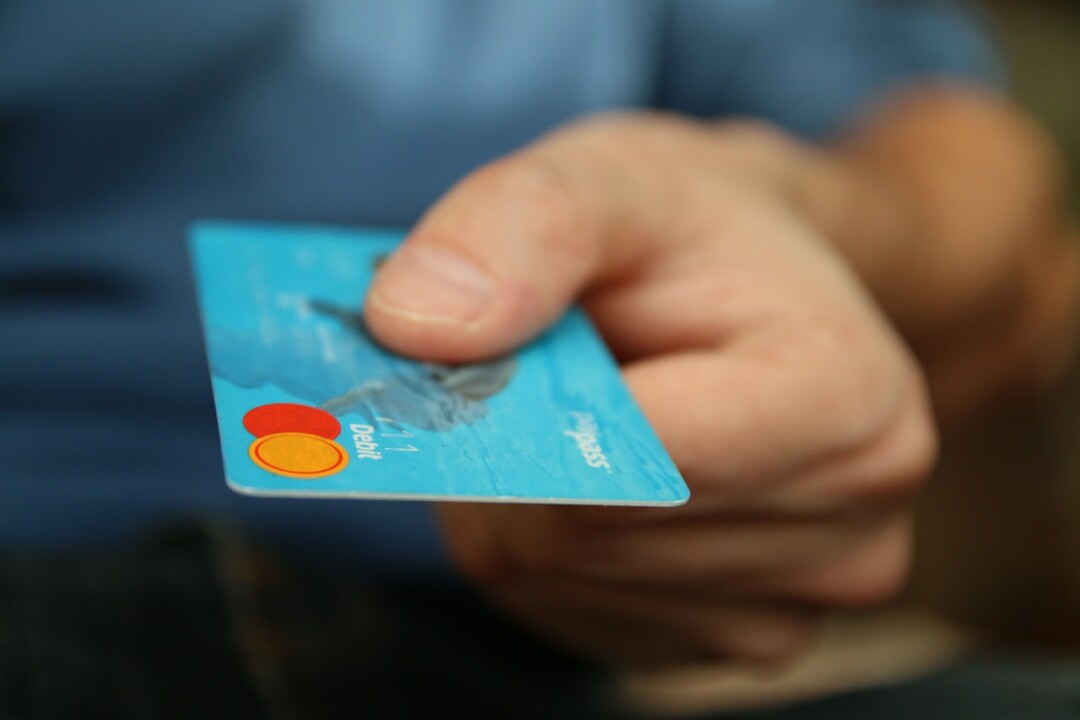3 Tips to Break the Cycle of Accumulating Debt
nobody’s saying it's easy, but avoiding debt is endlessly rewarding

Growing up, I had always heard how important it was to build credit, but I never really understood how it worked. How hard could it be, right? You just make a purchase using the credit card and then pay it off. Well, this is all fine and dandy until you start making purchases that cannot be paid off at the end of the month. This revolving balance gets bigger and bigger and bigger as interest accrues and you continue to rationalize it by telling yourself, “I’ll pay it off someday.” Well for me, that revolving balance grew, I acquired more credit cards, and the cycle of accumulating debt snowballed. It was not until I “needed more money,” applied for another credit card and was denied that I realized I had a serious problem. So what can you do to end this vicious cycle? Here are three simple tips to help you break the cycle of accumulating debt.
1. STOP!
One of the quickest and most effective ways to break the cycle of accumulating debt is to stop accumulating debt! Sounds simple, right? Well if it were, we probably would not be in this predicament in the first place. Breaking this cycle may mean you have to take drastic measures to stop spending money that you do not have. You may need to cut up, lock away, or literally freeze in ice all credit cards except for one for emergencies. This credit card should have the lowest interest rate of all of your cards and be used for emergencies only. I designate the following situations as a financial emergency: medical emergency, unemployment, car trouble, home expense (e.g., furnace needs repair), or travel to a funeral. The next step is to create a zero-based budget.
2. Create a zero-based budget.
Write down your expenses that are essential to living and working – these expenses include rent, groceries, transportation, clothing, and savings – and be realistic. Notice that I included savings in the list of essential expenses. According to Bankrate.com, only 24 percent of Americans have a six-month emergency savings cushion. Without an emergency savings to cover our essential expenses, we open ourselves up to potentially thousands and thousands of dollars of debt on top of our current debt load. This is why I consider savings an essential expense.
Saving just $5 per paycheck is better than saving nothing. As far as budgeting goes, I love to follow a zero-based budget. This means that you will designate a home for every penny of your paycheck. When you receive your paycheck, you will place the funds where they have been designated, making sure to cover all of your essential expenses first. I suggest budgeting a small allowance for a special item you have been wanting or for a night out on the town, and then budgeting the rest of the money for savings. Each month you will repeat this process so that no dollars are unallocated. Now that you have a handle on the money coming in and going out, it is time to fill the voids without spending money.
3. Fill the voids without spending money.
I used shopping as a way to cope with emotions I did not want to feel – emotions such as loneliness, uncertainty, and boredom. After seeking counseling, I started to replace these emotional voids with healthier activities such as volunteering, exercising, playing piano, and putting together puzzles. You have to find what works best for you, but make sure to choose activities that are low-cost and do not tempt you to use credit.
There are many reasons we accumulate debt, some completely outside of our control, but the vicious cycle can be broken! First, stop spending money you do not have. Then, create a zero-based budget allocating every penny of your paycheck to either an essential expense, allowance, or savings. Finally, fill any emotional voids you may have with healthier activities such as exercise or a low-cost hobby.


















